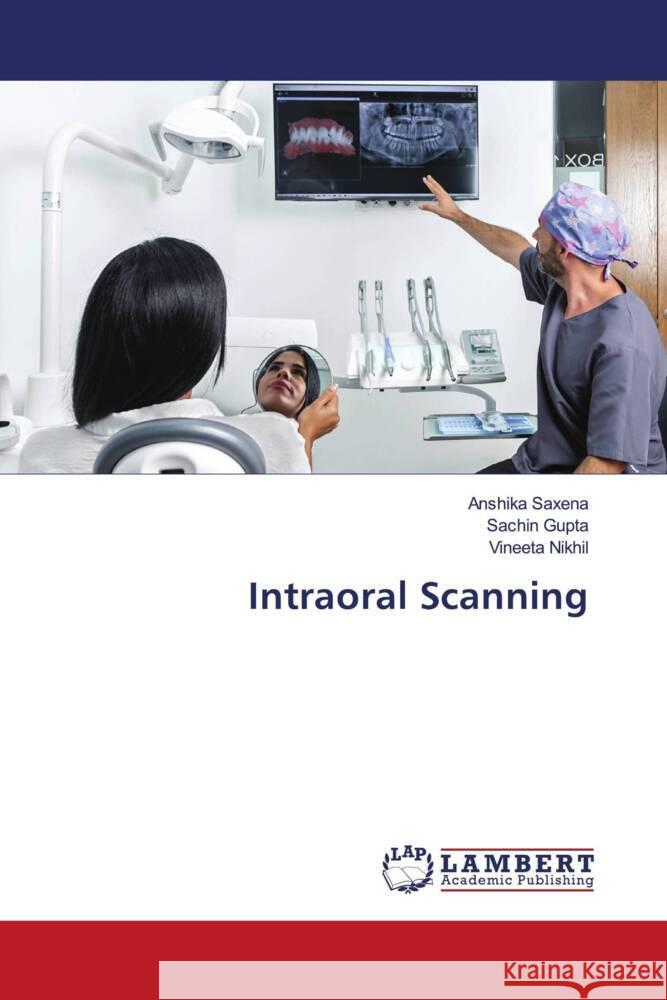Intraoral Scanning » książka
Intraoral Scanning
ISBN-13: 9786208224820 / Angielski / Miękka / 2024 / 168 str.
The majority of successful dental treatments demand a precise and accurate impression in order to guarantee the correct replication of the intraoral condition and enhance the quality of the restoration. Dental impression materials have been used to copy oral tissues and create a dental impression by placing the impression material in a tray. The major drawbacks of conventional methods of impression taking includes- need for tray to hold the material, disinfection of the impression, storage of the impressions for potential remaking of the casts and dies, pulls, tears, bubbles with the impression materials, material shrinkage, transportation, patient's discomfort and gag reflex. Digital impressions, introduced by Francois Duret in 1970s paved its way to overcome these drawbacks. It can be made using two methods, direct and indirect methods. However, digital impressions require an expensive setup, images of completely edentulous arches are less accurate, the presence of blood and saliva obscures subgingival finish lines, and they do not record complete occlusal information for comprehensive prosthodontic treatments.











